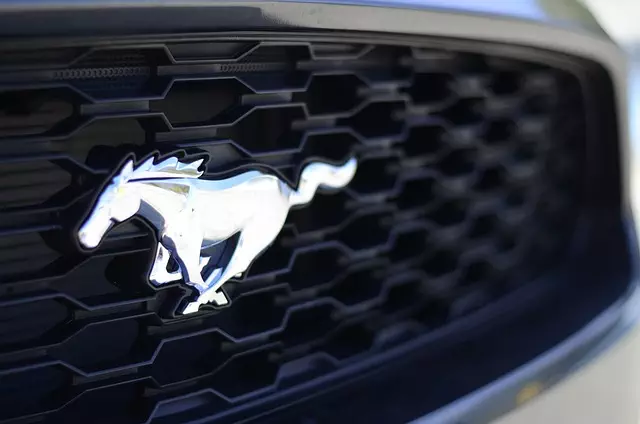Muscle soreness after intense workouts, especially delayed onset muscle soreness (DOMS), can be managed with natural remedies like Kratom and Kava Kava. Kratom works on opioid receptors for pain relief, while Kava Kava interacts with GABA receptors to relax muscles. Effectively treating DOMS requires understanding the root cause; choosing between these remedies depends on addressing opioid or GABA-related muscle tension. Personalized workout plans integrating herbal remedies, tailored exercises, stretches, and low-impact cardio speed up recovery, allowing individuals to return to active lifestyles quicker. When considering Kratom vs Kava Kava for post-workout recovery, opt for the remedy targeting your specific muscle soreness cause.
Do you often experience muscle soreness after intense workouts? This guide explores effective strategies to alleviate discomfort. We delve into the science behind muscle soreness and its triggers, shedding light on natural remedies like Kratom and Kava Kava. Moreover, we provide a comprehensive approach by offering tailored workout plans designed for optimal recovery. Discover how these methods can revolutionize your post-workout routine, ensuring you bounce back stronger and reduce persistent muscle aches.
- Understanding Muscle Soreness and Its Causes
- Kratom vs Kava Kava: Exploring Natural Remedies for Relief
- Crafting a Personalized Workout Plan for Effective Recovery
Understanding Muscle Soreness and Its Causes
Muscle soreness is a common post-workout experience, often described as delayed onset muscle soreness (DOMS). It’s your body’s way of signaling that it’s had a challenging workout and needs time to recover. DOMS typically peaks around 24-72 hours after exercise and is caused by microscopic damage to muscle fibers during intense physical activity. This damage triggers an inflammatory response, leading to the characteristic pain and stiffness.
While Kratom and Kava Kava are both natural remedies sometimes used for their relaxing and pain-relieving properties, they operate through different mechanisms. Kratom acts as a mu-opioid receptor agonist, offering analgesic (pain-relieving) effects, while Kava Kava’s benefits stem from its ability to interact with GABA receptors, promoting muscle relaxation. When considering relief from muscle soreness, understanding the root cause of the issue—in this case, DOMS—is crucial before opting for any remedy.
Kratom vs Kava Kava: Exploring Natural Remedies for Relief
Kratom and Kava Kava are both natural compounds often sought for their soothing and relaxing properties, particularly in alleviating muscle soreness and tension. While Kratom, derived from the Mitragyna speciosa plant, is known for its analgesic and anti-inflammatory effects, Kava Kava, stemming from the Piper methysticum plant, has been traditionally used to reduce stress and promote relaxation.
In comparing Kratom vs Kava Kava for muscle soreness relief, research suggests that both offer unique benefits. Kratom’s active compounds, such as mitragynine and 7-hydroxymitragynine, interact with opioid receptors in the brain, potentially providing pain relief. Kava Kava, on the other hand, contains kavapyron and other compounds that may enhance GABA (gamma-aminobutyric acid) activity in the brain, leading to a sense of calm and reduced muscle tension. The choice between them depends on individual preferences and specific needs, with both offering natural alternatives for managing post-workout discomfort.
Crafting a Personalized Workout Plan for Effective Recovery
Crafting a personalized workout plan is key to effective recovery from muscle soreness, offering a tailored approach that goes beyond general recommendations. Unlike generic routines, a customized plan considers an individual’s specific needs, fitness level, and goals, ensuring targeted relief for achy muscles. This involves assessing factors like recent workouts, activity levels, and any underlying health conditions. For instance, while Kratom and Kava Kava both claim to soothe muscle pain, a personalized plan would integrate these herbal remedies into a broader strategy, combining them with specific exercises designed to target affected areas.
By incorporating knowledge about Kratom’s potential anti-inflammatory properties or Kava Kava’s calming effects, the workout plan can be optimized for individual needs. This might include prescribed stretches, low-impact cardio, and strength training exercises tailored to alleviate tension and promote healing. Such a personalized approach ensures that recovery is not just effective but also efficient, helping individuals return to their active lifestyles faster while minimizing discomfort.
In conclusion, addressing muscle soreness effectively involves understanding its causes and leveraging natural remedies like Kratom vs Kava Kava. Crafting a customized workout plan tailored to individual needs is a powerful strategy for relief and recovery. By combining knowledge with personalized care, you can significantly improve your post-workout experience.





